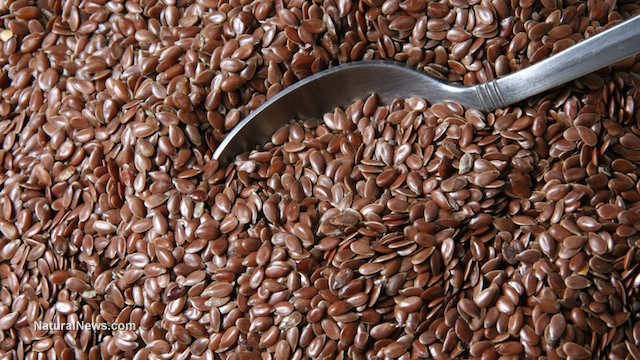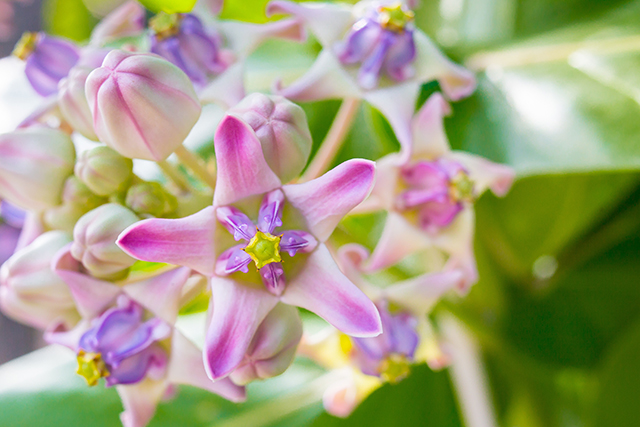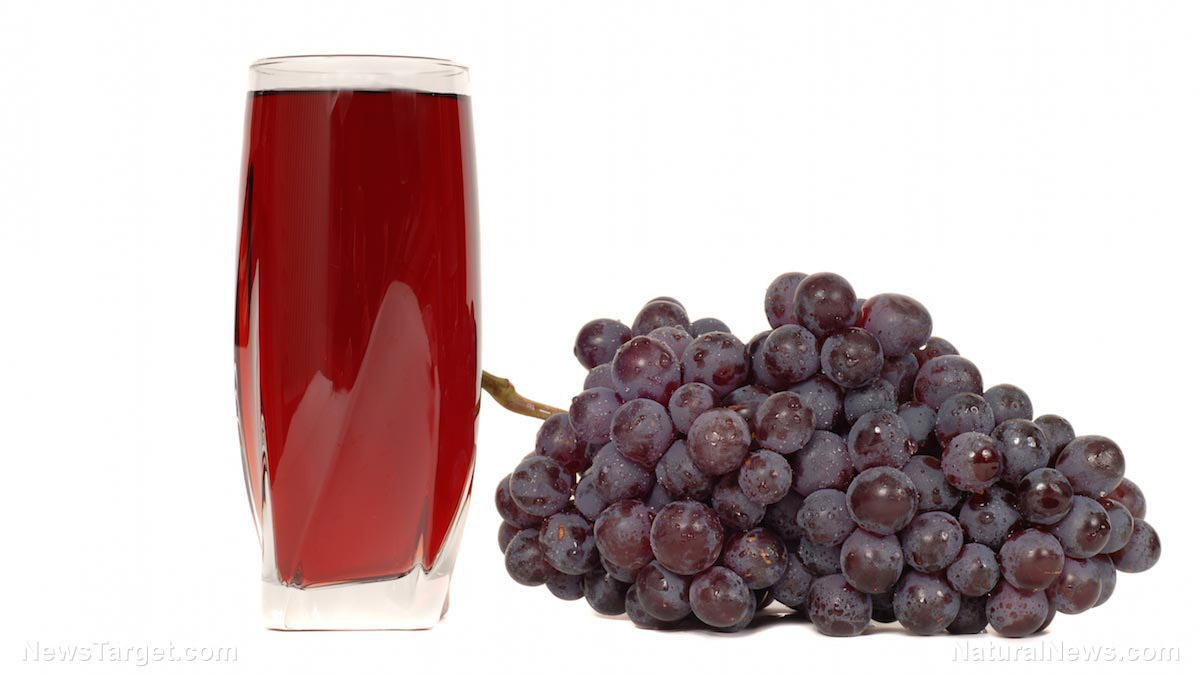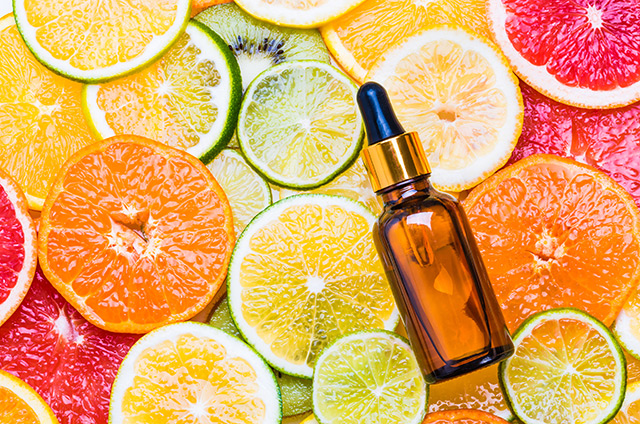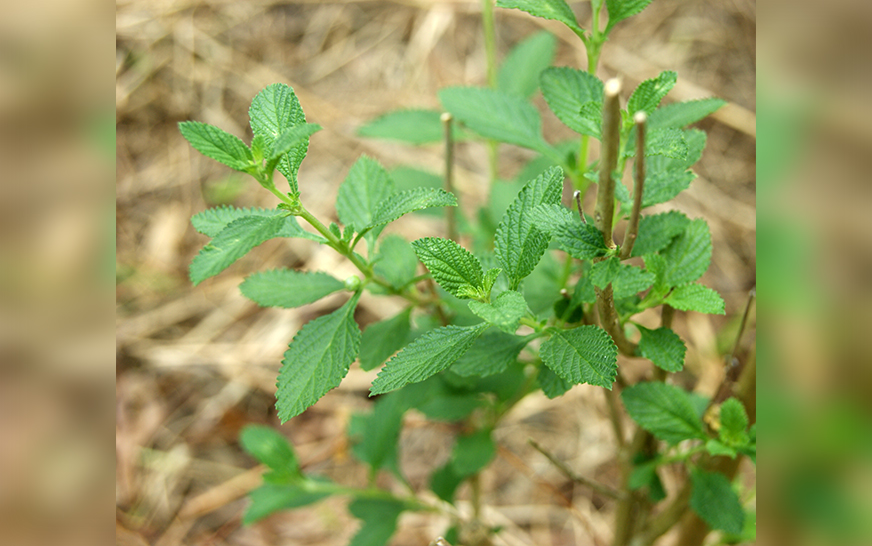B-type proanthocyanidins in Masson’s pine bark extract show antioxidant and antitumor properties
07/09/2019 / By Evangelyn Rodriguez
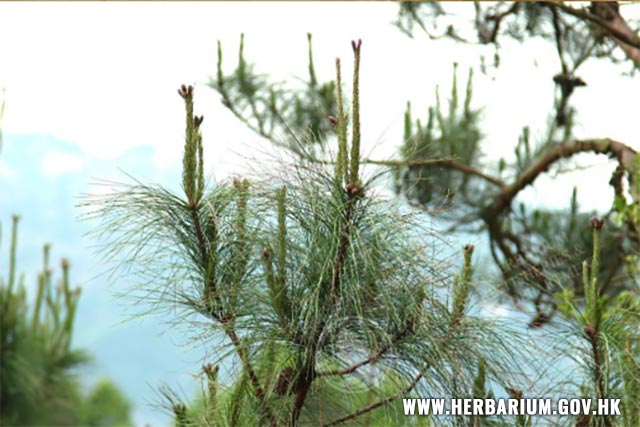
Pinus massoniana or Masson’s pine is a tree found in China and Taiwan. The different parts of this tree are used in traditional Chinese medicine to make remedies for various ailments, such as those that the skin and respiratory system. In a review published in The American Journal of Chinese Medicine, researchers from Tongji University School of Medicine in China focused on the molecular structure of one of its main bioactive components, proanthocyanidins B (PA-Bs). They reported that the hydroxyl positions, the linkage between carbon atoms, and degree of polymerization of PA-Bs affect their biomedical potential. PA-Bs are known to have antioxidant and antitumor activities.
Masson’s pine and its uses
P. massoniana is an evergreen tree that grows on plains, hills, and mountains, and is an important timber tree in Asia. While it is used in traditional Chinese medicine, only a vanillin flavoring obtained as a by-product of other resins that are released from its pulpwood is considered to be edible.
The stem, resin, roots, leaves, and bark of P. massoniana are its most useful parts. Traditionally, each of these parts has been used in the following ways:
- Leaves (either chopped or decocted) – for the treatment of rheumatism and intestinal parasites
- Pollen – astringent
- Turpentine (from resin) – antiseptic, diuretic, rubefacient, and anthelmintic; used internally to treat kidney and bladder problems; can also be used to treat rheumatic complaints and respiratory problems, such as coughs, colds, influenza, and tuberculosis. It is also effective on sores, wounds, burns, and boils. It can be used to make liniment plasters and poultices.
- Stem – carminative and demulcent (anti-inflammatory)
- Stem bark – astringent, parasiticide, and vulnerary
- Root bark – astringent and tonic
The bark extract of P. massoniana (PMBE) is considered a Chinese medicinal herb. Over the years, research on PMBE’s active components has revealed that it contains flavonoids, catechins, epicatechins, procyanidins, and phenolic acids. These bioactive compounds are all known to be potent antioxidants. Recent studies also reported that the main active compounds of PMBE are proanthocyanidins A (PAs) and PA-Bs. PAs belong to the condensed tannin subfamily of natural flavonoids while PA-Bs are mixtures of oligomers and polymers composed of flavan-3-ol. (Related: Is pine tree bark the key to healthier, stronger teeth?)
Due to the bioactivities of its chemical components, PMBE has become one of the most common formulations used today. Some of the health benefits associated with the use of PMBE include:
- Vitamin C regeneration
- Anti-aging benefits
- Prevention of cataracts
- Enhanced immune function
- Reduced varicose vein swelling
- Management of ADHD
- Antiplatelet properties
- Improved fertility
- Protection against lung disease and infections
- Improved memory
- Stops inflammation
B-type proanthocyanidins
Proanthocyanidins are plant secondary metabolites that give fruits and flowers their red, blue, or purple hues. They are commonly found in foods, such as different-colored grapes, berries, red cabbage, apple peels, bilberry leaves, birch, pine bark, and ginkgo biloba. Besides being known antioxidants, proanthocyanidins also act as chemopreventive and anti-inflammatory agents that reduce the risk of cardiovascular mortality and many types of cancer.
Proanthocyanidins can be classified as type A or type B depending on their interflavanic linkages, with PAs having at least one double linkage consisting of a carbon-to-carbon bond and an additional ether bond. While PAs are known to bind to different proteins, PA-Bs are known to play important roles in cell cycle arrest, induce apoptosis, and inhibit the migration of cancer cells in vivo and in vitro. The hydroxyl group at certain positions or the linkage between different carbon atoms of different rings determines or affects PA-Bs’ antioxidant and free radical scavenging abilities. PA-Bs’ degree of polymerization and water solubility also influence their biomedical potential.
Due to the activities of PAs and PA-Bs, PMBE has a promising future in clinical drug development as a candidate anticancer drug and as a food additive to prevent tumorigenesis. PMBE not only inhibits the adhesion and migration of metastatic cancer cells, but it also suppresses cancer cell proliferation and induces apoptosis by downregulating the expression of the bcl-2 gene, an oncogene involved in tumor development and drug resistance.
The anticancer activities of PMBE, as well as its active constituents and derivatives, need to be further evaluated by preclinical and clinical studies.
Sources include:
Tagged Under: alternative medicine, anti-aging, anticancer, antioxidant, antitumor, cancer cures, cancer treatment, Chinese red pine, disease treatments, flavonoids, herbal medicine, Herbs, longevity, Masson's pine, natural cures, natural medicine, pine bark, Pinus massoniana, prevention, Proanthocyanidins, remedies, research, resin, tannin, TCM, traditional Chinese medicine, tumor, turpentine oil
RECENT NEWS & ARTICLES
COPYRIGHT © 2017 ALTERNATIVE MEDICINE NEWS

